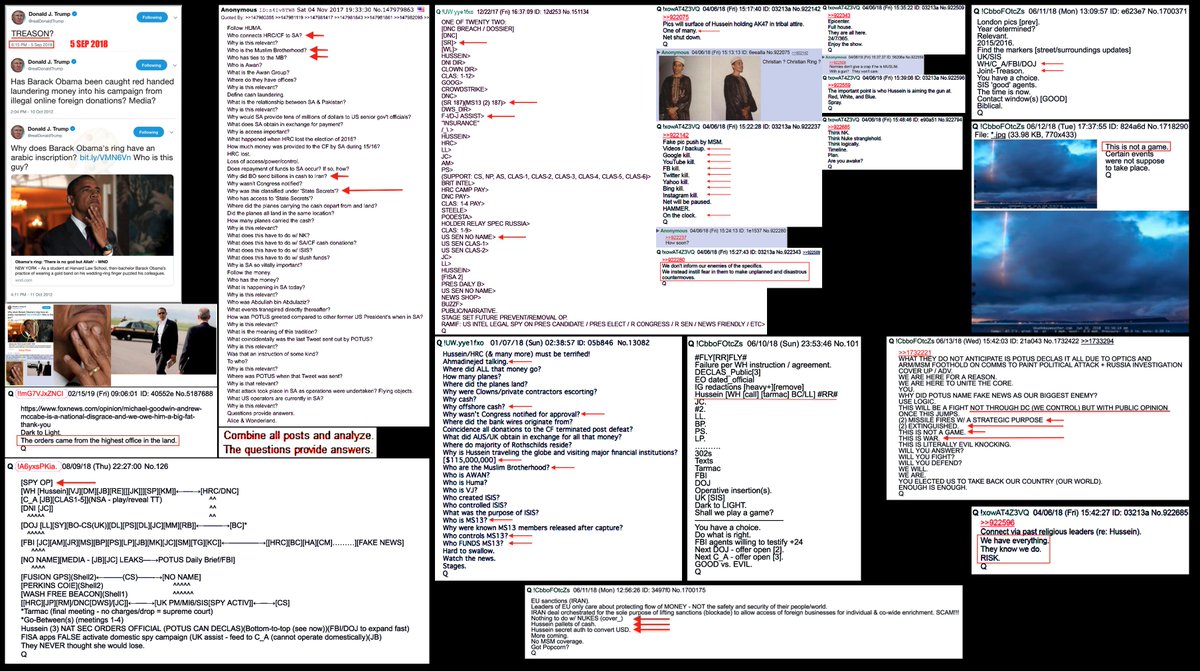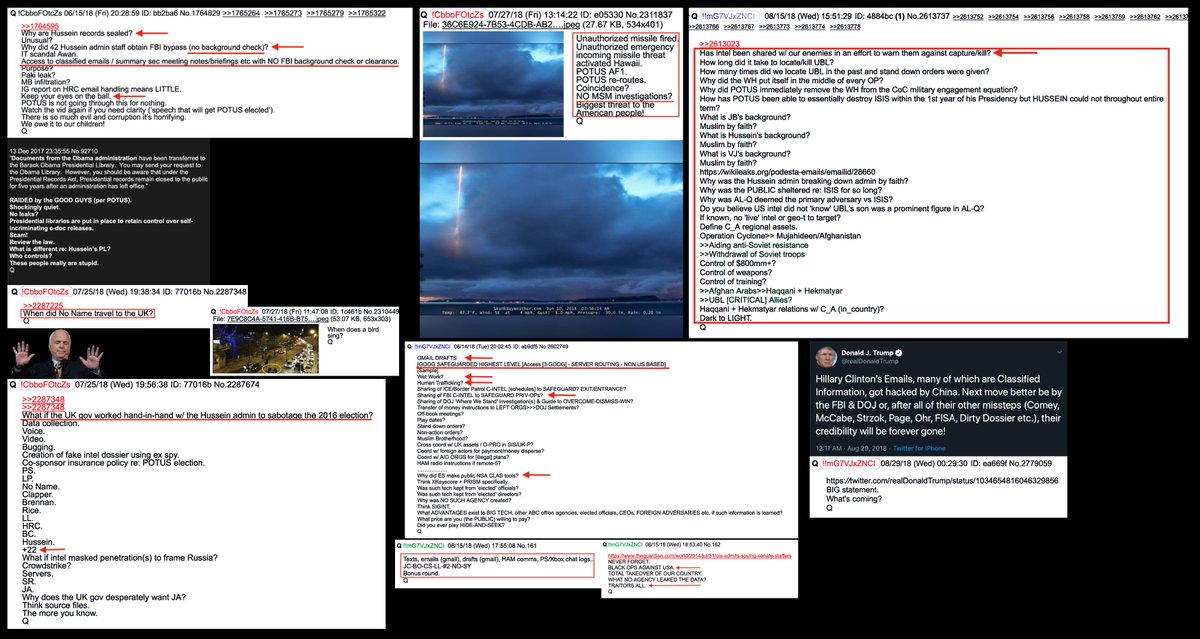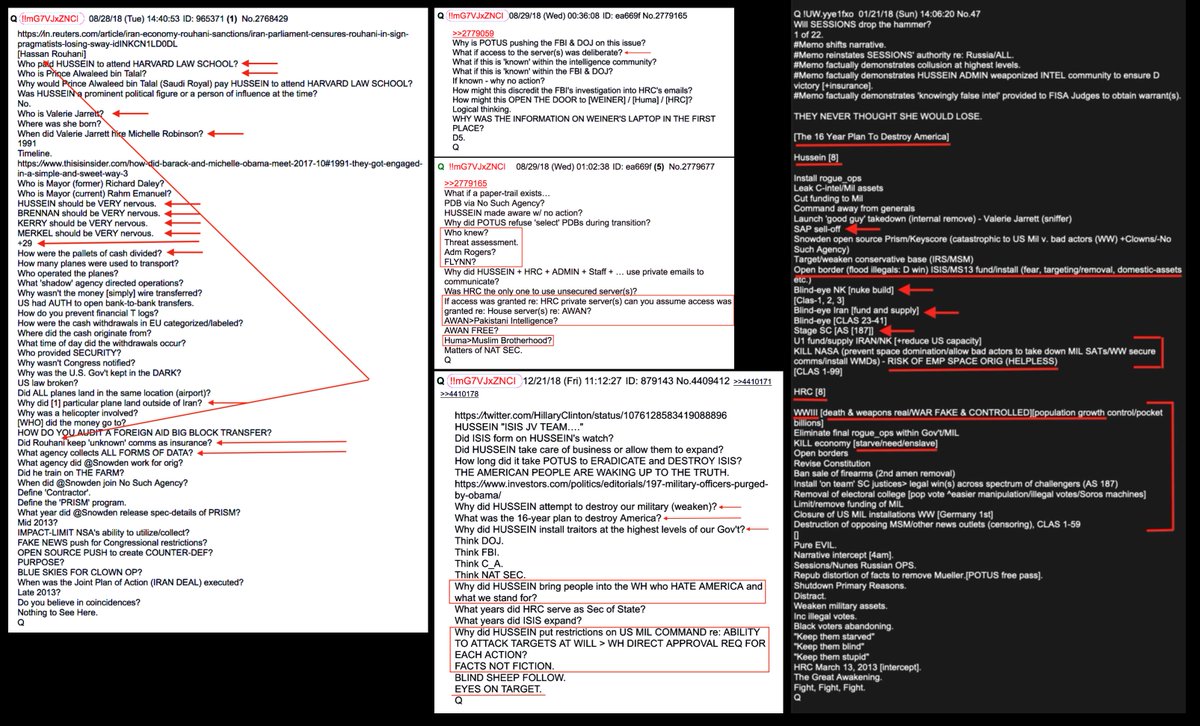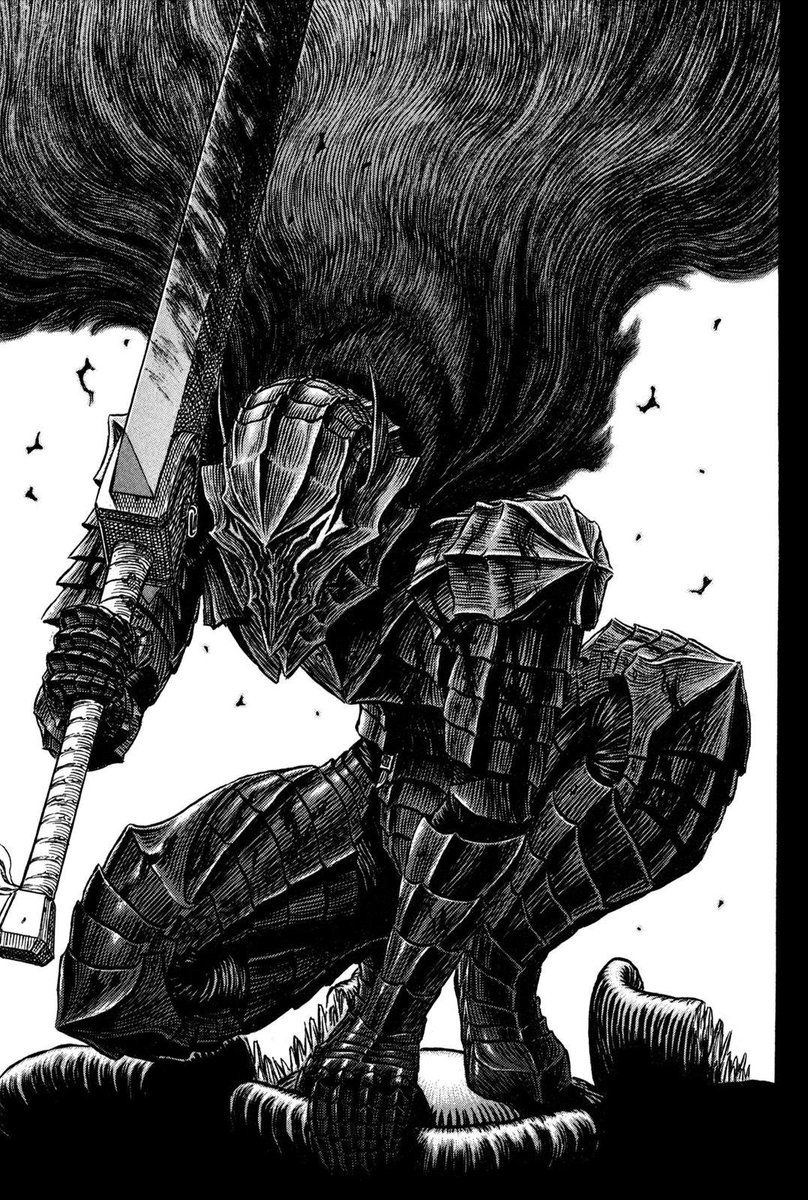I couldn't arrange for a projector, so here is my very fancy power-point presentation.

They want to know Where they are, Who they are with, and the Genre.
So rather than, "Sam, who was an airplane mechanic, walked into the hangar" go for "Sam winced as the rattle of the Thunderbird's engine echoed in the hangar. She shut it down, fast."
For instance, "battleship's engine thrummed" could be multiple time periods. "Quantum drive thrummed" is more specific.
Scientist, Candle, SF
In any order, but within the first three sentences, get in Who, Where, & Genere.
Conflicts are all about your character is trying to achieve a goal and failing. This is often called a try/fail cycle.
Why? Because in standard manuscript format, that's the first half page. If you haven't given an editor reason to care by then... will they turn the page?
What is your character trying to do and why?
That’s the set-up of your first try/fail cycle.
We know what they are trying to do, what is stopping them?
Exercise: Give yourself another sentence, two at most, to get the barrier on the page.
(Caution: For purposes of this exercise, use no more than two characters and one location.)
Look at what you have on the page. Identify the MICE quotient.
Are they trying to escape? Milieu
Are they trying to answer a question? Inquiry
Are they unhappy with themselves? Character
Are they trying to change the status quo/normal? Event
Now you know what barriers to throw at them.
Milieu - stop them from leaving
Inquiry - block their attempts to answer the question
Character - Make them unhappier
Event - More things go wrong
It doesn’t take much. Asking a question and being snubbed is a try/fail.
Think about the MICE quotient. As a character moves along a MICE thread, things stop them from reaching their goal.
These are conflicts
Does it work? YES, BUT it is a garbage chute. As a consequence, they have to get out of the trash compactor, which is another Milieu thread.
Write for fifteen minutes, don’t let your fingers stop moving. When something fails, they try a different approach to get to the same goal. Does it work?
Yes, but...
No, and...
You’ve been using “Yes, but” and “No, and”
Switch to “Yes, and…” and “No, but…” as things start to go in your character's favor.
Does it work?
Yes, and (there's a happy bonus)
No, but (this happy unintended consequence helps)
If you want something to feel easy, use fewer than 3 try/fails. Harder, use more.
Three works well, but becomes a problem when it's the only pattern you use.
So, again, we need to know: Who, Where, and genre/mood
These things have shifted over the course of the story, so hitting those points again helps us see the change.
In the last thirteen lines, write your last try/succeed.
In the last three lines, let me know where, who, an genre/mood.
Questions?
If you want a class like this, once a month, try my patreon? Or if you just want to support my habit of doing EXTREMELY long twitter threads.
patreon.com/maryrobinette









